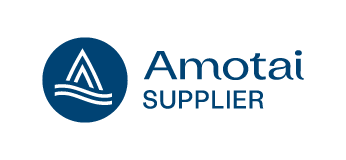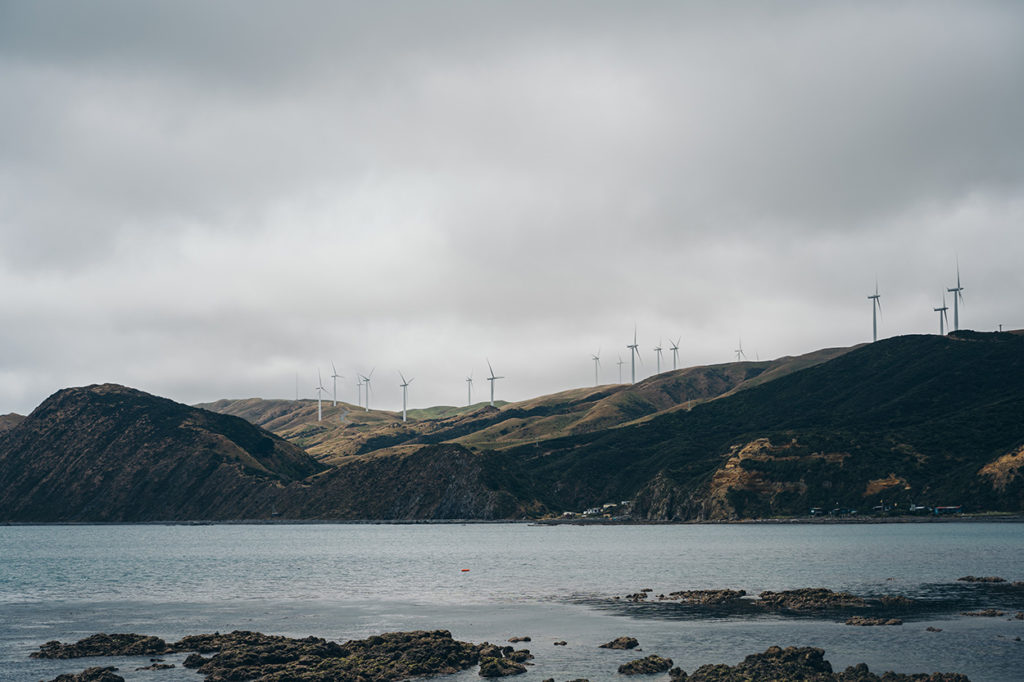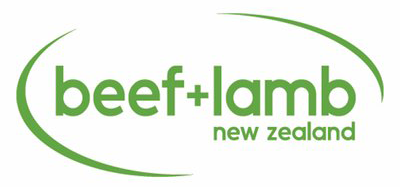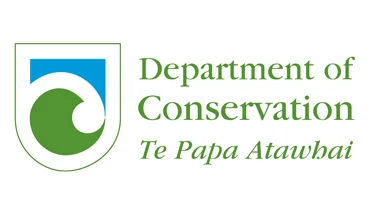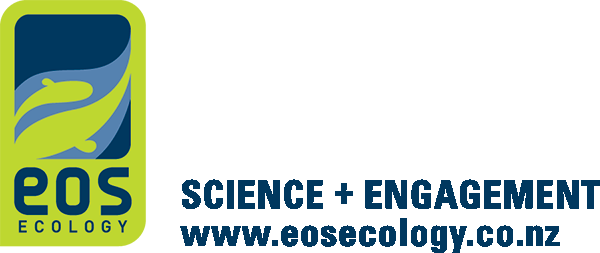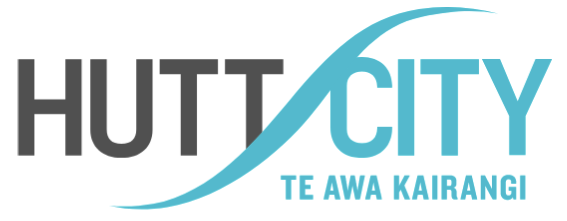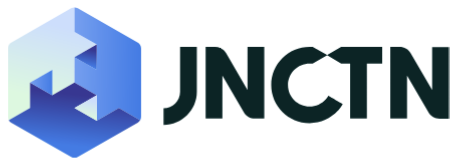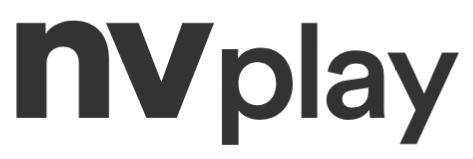vhc
about us

Who we are

What we do

How we work
Our projects
what our customers say
We have been fortunate to have partnered with “The Jasons” (aka VHC) on a number of high profile and successful projects over a number of years now, and simply cannot recommend them highly enough.
From strong project governance to insightful strategy, they have it covered. If you need smart, people-focused, tech-native people to help deliver a digital transformation project, these guys are at the top of their game.

Matt Pickering
Managing Director, NV Interactive & NV Play
The VHC team came in at a time where we needed to get ourselves organised and pull together a lot of information and insights fast. The workshops they ran helped up make sense of the discovery work and they delivered us a practical high-level Strategic Outcomes Roadmap which allowed us to get agreement to the next steps. Their sensible and practical approach, coupled with the wide-ranging skill set across their team gave us the info we needed, when we needed it which is now setting us up for success.
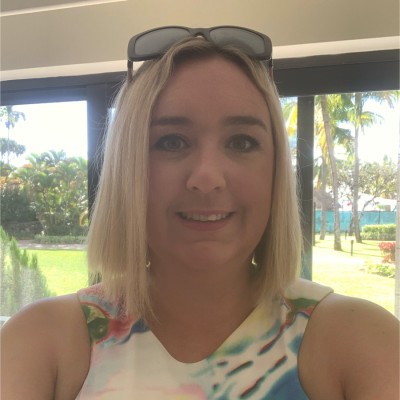
Megan Connew-Simmons
Programme Manager, Hutt City Council Go Digital Programme
Deer Industry New Zealand engaged VHC to help with selection of a project management system, and to improve utility of the industry CRM. We greatly valued the methodology employed by VHC in helping us pick through the organisation’s needs, aligned with internal capability and sensible recommendations for small technology lite solutions.
Plain language, common sense, and with a sense of value for small organisations – we recommend VHC to anyone looking for some help in understanding small organisations’ IT needs.

Innes Moffat
Chief Executive Officer, Deer Industry New Zealand
We were looking for flexibility and VHC was able to provide a personal touch that really set them apart from other consultancies.
Their pragmatic approach meant they were able to provide the best of worlds – the expertise to deliver great results and a boutique experience that meant a genuine interest in our organisation’s goals and a huge willingness to adapt to what we needed.
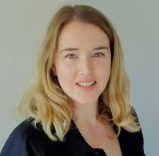
Catriona Petrie
General Manager Qualifications & Systems Products, Waihanga Ara Rau
